1Blackbaud Institute, “Charitable Giving Report,” February 2022.
2IRS, “Dirty Dozen: IRS warns of scammers using fake charities to exploit taxpayers,” March 24, 2023.
IMPORTANT DISCLOSURES
Neither Bank of America nor its affiliates provide information security or information technology (IT) consulting services. This material is provided “as is,” with no guarantee of completeness, accuracy, timeliness or of the results obtained from the use of this material, and without warranty of any kind, express or implied, including, but not limited to warranties of performance, quality and fitness for a particular purpose. This material should be regarded as general information on information security and IT considerations and is not intended to provide specific information security or IT advice nor is it any substitute for your own independent investigations. If you have questions regarding your particular IT system or information security concerns, please contact your IT or information security advisor.
Donor-advised fund and private foundation management are provided by Bank of America Private Bank, a division of Bank of America N.A., Member FDIC and a wholly owned subsidiary of Bank of America Corporation.
Donor-advised fund management is provided by Bank of America Private Bank, a division of Bank of America, N.A., Member FDIC and a wholly owned subsidiary of Bank of America Corporation (“BofA Corp.”). Trust, fiduciary, and investment management services are provided by wholly owned banking affiliates of BofA Corp., including Bank of America, N.A. and its agents.

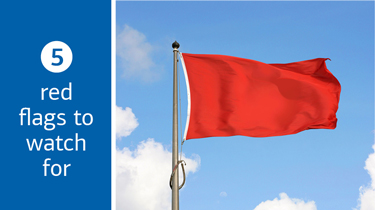

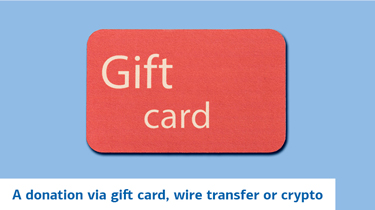
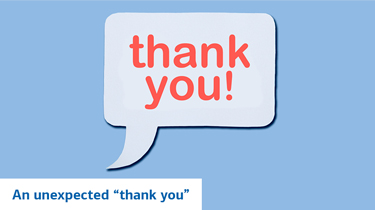
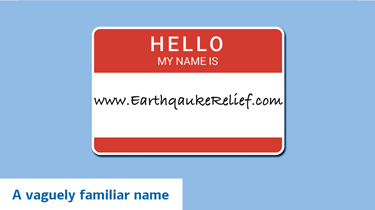

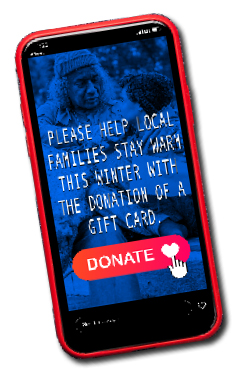
 “Consider allocating 80% of your donations to your main mission and leave 20% for unexpected needs.”
“Consider allocating 80% of your donations to your main mission and leave 20% for unexpected needs.”
